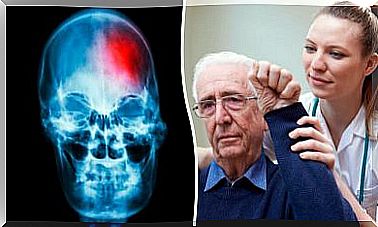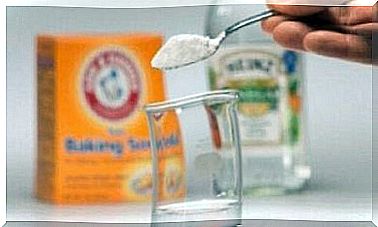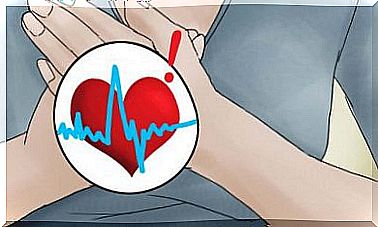Sternotomy: Complications And Recovery

Sternotomy is a very common surgery, as most heart surgeries are currently performed using it. This method of surgery was first introduced in 1857, but did not become more common until 1957.
In general, complications of sternotomy are rare, but if they do occur, they are usually severe. The most common complications with this surgery are infections and mediastinitis.
The most extensive study of sternotomy complications was conducted in collaboration with the Karolinska Institutet in Sweden, the University of Toronto in Canada, and Washington University in the United States (St. Louis, Missouri). At that time, the researchers were able to find out most of the risk factors, which we will now discuss in more detail.
What happens to the patient during sternotomy?
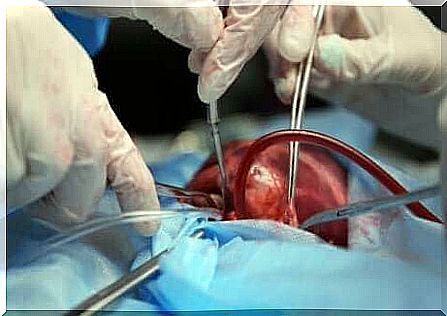
A sternotomy is a surgical procedure during which a surgeon makes an incision in a person’s sternum. This method has been used in heart muscle surgeries since the 1950s, when it replaced thoracotomy, which was the normal procedure in those surgeries at the time.
In general, sternotomy became a popular choice because it causes less pain to the patient than previous techniques. However, it soon became apparent that it could result in complications such as infections or wound opening (i.e., spontaneous wound opening).
Complications of sternotomy
In general, sternotomy is a fairly safe method, but sometimes complications can occur.
One of the most common complications is infection, although it occurs in only about 3% of patients.
The infection can be either superficial or severe. However, the consequences can be serious in both cases. Usually, the patient has to go to the hospital, and the condition can be life-threatening: 4-7% of patients who get a sternotomy-related infection die.
Typically, the infection is caused by sternal osteomyelitis or mediastinitis. These complications occur on average 7-12 days after surgery.
Mediastinitis or acute and chronic inflammation of the mediastinum (i.e., the tissues located in the middle of the breast) is the most serious possible complication as a result of surgery. Mediastinitis develops due to infection and is a very serious and sometimes even fatal condition. Indeed, it usually requires surgical treatment.
Risk factors in connection with sternotomy
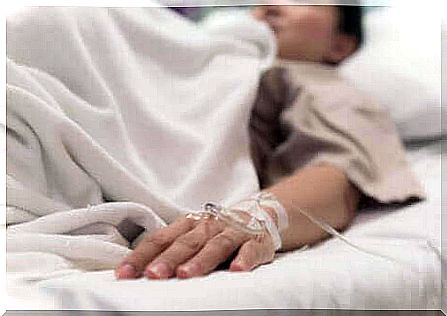
Infections that may pose a risk due to sternotomy can be divided into three groups based on the factors they contain:
- The first group includes risk factors that the patient already has naturally before surgery.
- The second group includes the risks arising from surgery.
- The third group consists of postoperative factors.
Let’s then take a closer look at all of these:
- Preoperative factors. In this case, risk factors include the patient’s gender (male person), advanced age, overweight, diabetes, chronic obstructive pulmonary disease (COPD), renal failure, or smoking.
- Factors related to surgery. These include the urgency of the intervention, its duration and type, excessive cauterization, and cardiogenic shock, as well as some other factors.
- Postoperative factors. These include prolonged mechanical ventilation, bleeding, and the use of inotropes, as well as some other factors.
Recovery
When risk factors can be identified in advance, recovery is usually successful. This can reduce the risk of complications and make them easier to treat if they nevertheless occur. Obesity, diabetes, and the patient’s advanced age are all risk factors that should be considered.
In general, treatment for the infection includes draining body fluids, hydrating the body, treating the wound with negative pressure, surgical cleansing, covering the area, and antibiotics that affect the entire body.
Post-sternotomy treatment involves cleaning the wound with mild soap and then drying the area thoroughly. The stitches disappear on their own in a few weeks. Wound closure tapes (which are self-adhesive strips that make it easier for the wound to heal) go away on their own, or the patient takes them off after a week.
It is normal for a patient to suffer from pain from time to time after surgery. If this happens, painkillers can be used to relieve the pain. In addition, it is normal for the surgical wound to swell slightly, and after a few months the patient’s condition should have already returned to normal.
